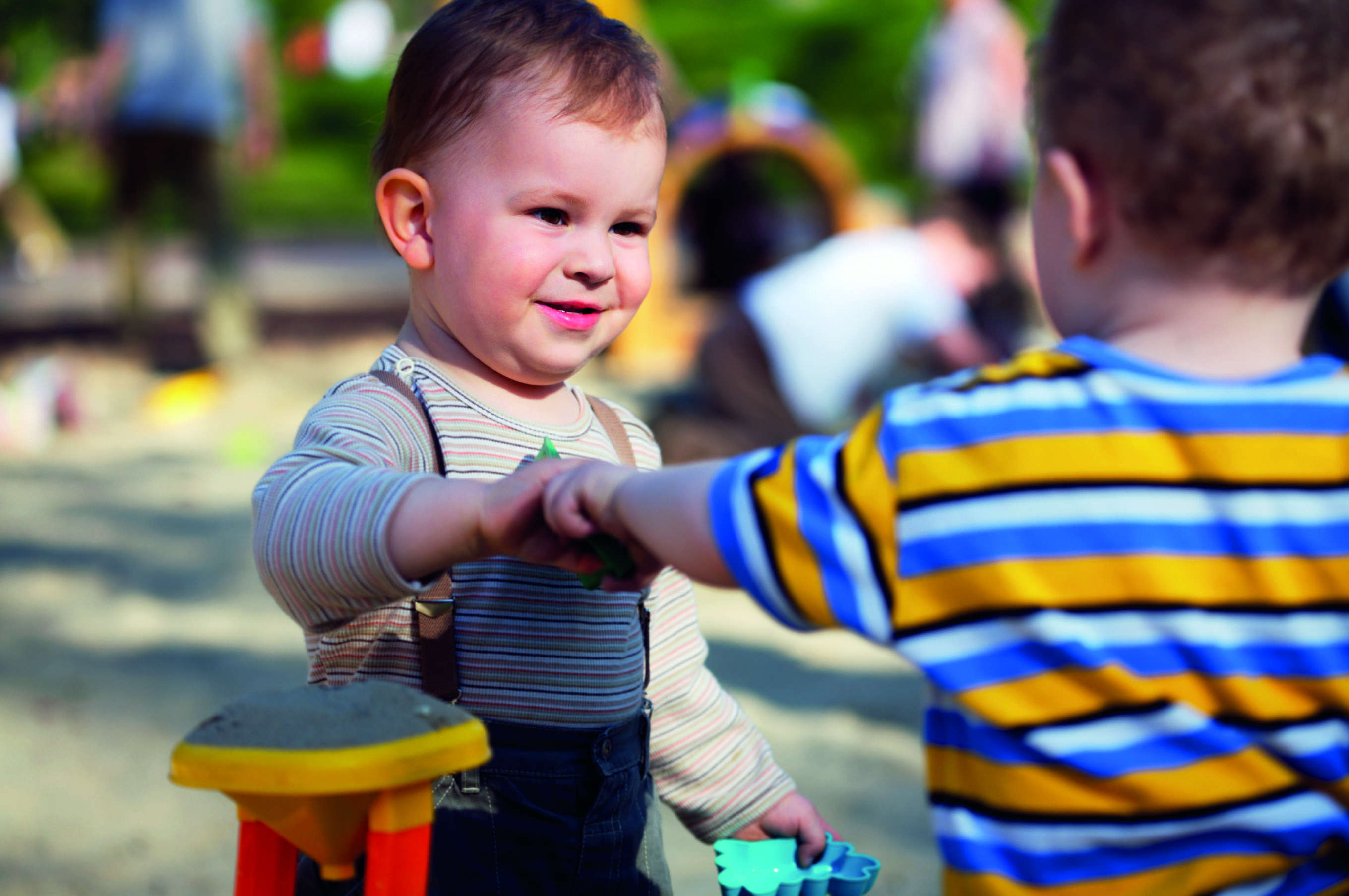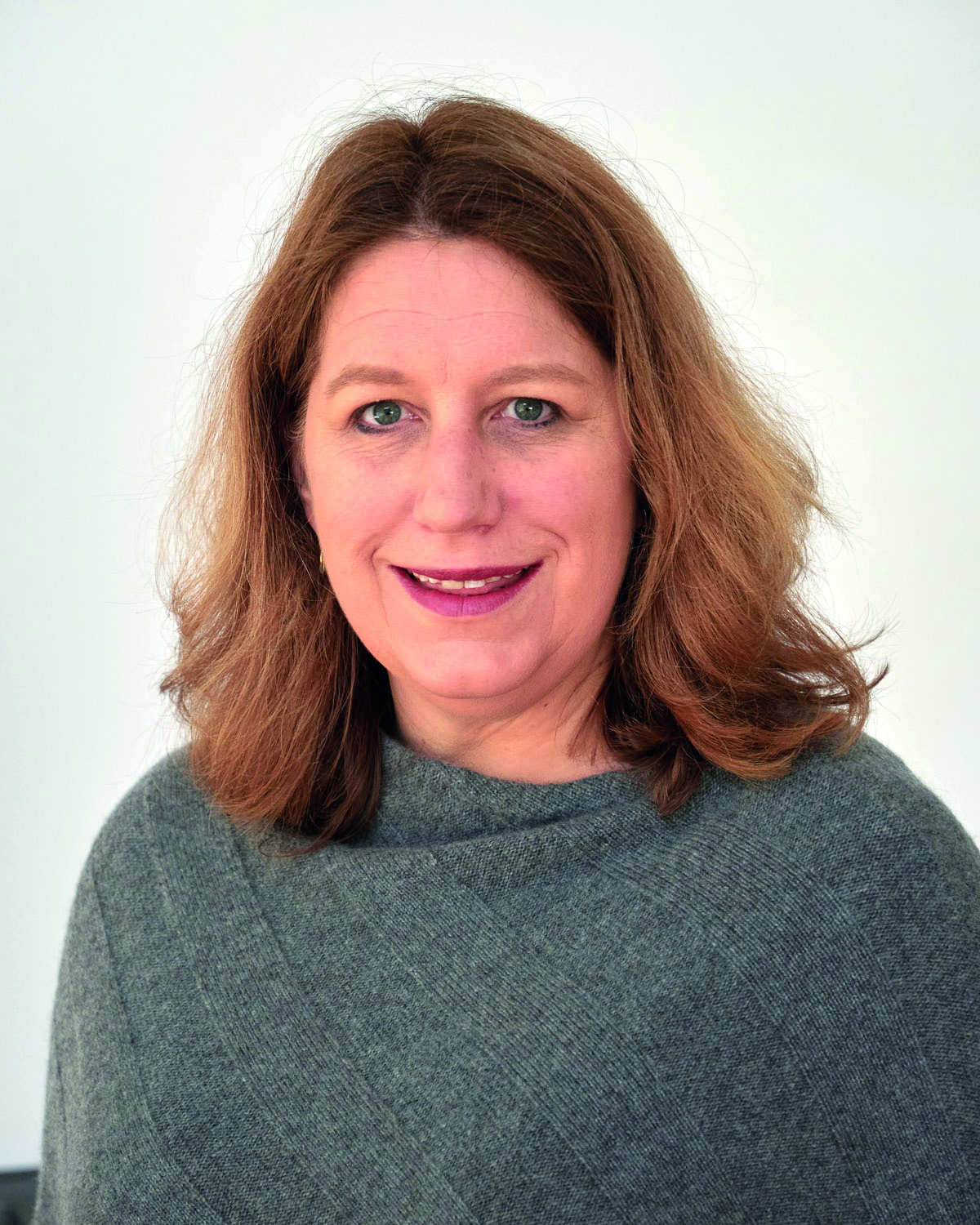
Research shows that the period from birth to two is a time of rapid growth, learning and development. It is also a time when any need for extra support becomes clearer.
Today’s two-year-olds have lived their whole lives in the midst of the Covid-19 pandemic. This rightly concerns many practitioners, and is borne out with recent evidence from Ofsted highlighting developmental delays in speech and language and disproportionate impacts on SEND and disadvantaged pupils. It also raises concerns about children’s development in the Prime areas of learning in the EYFS.
As we emerge from the pandemic, the progress check at age two is more important than ever.
WHAT’S NEW?
Practice has moved on in the ten years since the progress check was introduced in 2012, and the EYFS and Development Mattershave been updated – but the check has not really evolved. Also, for some practitioners, it became a chore completed as a tick-list. For others, it generated endless paperwork. Neither of these practices supported the child and family.
The new guidance has more emphasis on supporting practitioners to be able to use the information gathered effectively and encourage action planning (the SMART approach described on page 22 of the Progress check at age two document), and more of an explicit focus on how to talk with, and listen to, parents. As before, it focuses on children’s development, health and wellbeing, and as well as parents involves working with other professionals to act in ways that are in the best interests of the child. New research on the benefits of an integrated approach is on page 32.
The statutory requirements have not changed. Under the check, practitioners must still:
- provide parents with a short, written summary of their child’s development in the Prime areas
- discuss with parents how they will use the summary to support learning and development at home
- describe the activities and strategies they are going to use to address any concerns.
Beyond these points, it is for practitioners to decide what the summary includes.
The new guidance is not intended to replace professional judgement but aims to support it. Practitioners are not expected to spend a long time away from children completing the check, and in line with the recent focus on reducing workload, they are encouraged not to collect unnecessary evidence.
The new non-statutory guidance is informed by practitioners and early childhood experts. It works in tandem with Development Matters (2021) and What to expect in the Early Years Foundation Stage: a guide for parents (2021).
- Having consulted stakeholders, the new guidance focuses on supporting practitioners with:
- strategies for effective communication with parents when doing the progress check
- advice for managing emerging or identified special education needs and disabilities
- information on integrated health and education reviews.
PARTNERSHIP WITH PARENTS
The progress check has the potential to strengthen the partnership between the setting and the home and the new guidance puts a new emphasis on the importance of speaking and listening with parents to support children’s development and wellbeing. This is particularly important when it comes to families needing additional help. Positive relationships make it easier for practitioners to discern the type of help parents will welcome.
A survey of parental views, undertaken to inform this guidance, tells us that while the majority of EYFS progress checks do give parents help with home learning, the statutory functions of the check were not always being completed. For example, 17 per cent said they were not given a copy of the progress check. Our survey also found that:
- a third of parents did not contribute their views to the check
- 38 per cent were not given clear ideas about how to help their children’s learning at home
- 69 per cent were not sure how the check made a difference to supporting their child’s progress.
Another key point is about inequality. The progress check is an opportunity to reduce inequalities by picking up on health and social issues early. Parental partnerships are again crucial here in reducing disadvantage – a central plank of the EYFS reforms.
Early years leaders and managers told us they wanted advice on how to help practitioners speak with and listen to parents. The new guidance has ‘possible discussion points’ linked to checkpoints in Development Matters for each of the Prime areas. For example, the suggested question ‘Does your child join in with play, sharing books or doing things around the house like helping you to load the washing machine?’ links in with an observation checkpoint in Development Matters, ‘By around 2 years old, is the child showing an interest in what other children are playing and sometimes joins in?’
Careful listening helps practitioners to engage in-depth with parents. This enables them to gather detailed information about the child and their family. It also shows parents that their experiences, ideas and opinions are valued.
EARLY INTERVENTION AND INTEGRATED WORKING
 When a child experiences difficulties in their earliest years, it is often reflected in their development. Early intervention is critical. Helping children come through challenging times can make them more resilient.
When a child experiences difficulties in their earliest years, it is often reflected in their development. Early intervention is critical. Helping children come through challenging times can make them more resilient.
Research shows that children who access high-quality early years provision are less likely to be identified with SEND in the long term. Early years practitioners are often the first people to suggest to parents that their child has a special educational need. How we do that is crucially important, and pages 28 and 29 of the guidance provides advice on how practitioners might sensitively communicate with parents whose children have emerging or identified SEND.
Early intervention was high on the agenda in 2012 when the Government introduced this statutory progress check. Since 2015, the Government has encouraged local authorities, health visiting teams and early years providers to work together on an integrated review process.
This involves bringing together:
- parents’ views and concerns about their child’s progress
- early years practitioners’ detailed knowledge of how the child is learning and developing
- health professionals’ expertise in the health and development of young children.
Such information enables a detailed picture of the child to emerge. As well as this, it points to the type of support they might need.
In all, this new guidance provides strategies for practitioners to celebrate the child’s strengths. It also helps them to identify if a child’s progress is slower. Throughout, it supports respectful collaboration between parents, early years educators and health professionals. This can only be of benefit to all.
Progress check at a glance
The Progress check at age two: Non-statutory guidance for the early years foundation stageis for early years practitioners working with children aged between two and three.
It offers a snapshot of development at a very important stage. It:
- reviews a child’s development
- identifies any areas of concern where progress is not as expected
- helps parents to understand their child’s needs
- supports parents to enhance their child’s development
- invites parents to share their unique knowledge about their child, family, and culture.
The guidance helps practitioners to celebrate development and progress.
The focus is on the three Prime areas in the EYFS. Practitioners can also:
- comment on how the child learns in the specific areas of learning and development
- identify any additional development needs and put in place appropriate support and intervention
- work with the child’s parents and other professionals (speech and language therapists, etc.) to support the child’s wellbeing and development.
The guidance also supports practitioners with:
- communicating effectively and sensitively with parents
- raising concerns with parents about any emerging or identified SEND or additional needs
- providing them with early intervention strategies
- exploring ways of integrating health and education.
FURTHER INFORMATION
- A recently published vodcast explaining the new guidance to early years practitioners is available at: https://bit.ly/3Of8Ne3
 Megan Pacey wrote the revised non-statutory Department for Education Progress check at age two guidance with Dr Julian Grenier. She is an early education policy into practice specialist who was formerly chief executive at Early Education
Megan Pacey wrote the revised non-statutory Department for Education Progress check at age two guidance with Dr Julian Grenier. She is an early education policy into practice specialist who was formerly chief executive at Early Education









